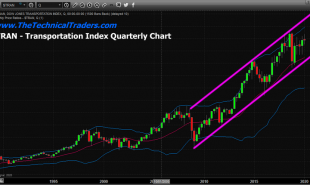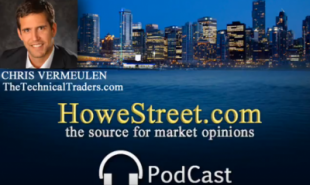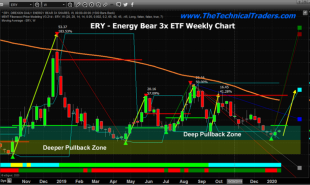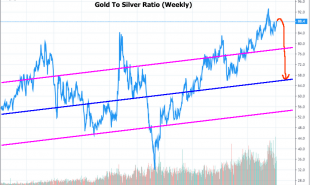
Written Monday, October 2, 2017
For years central bankers around the globe have pumped cash into equity markets.
Since March of 2009 and the recent Fed decision to begin QT (Quantitative Tightening), global equity markets have rallied. The S&P 500 is up 271% within that same time frame.
The reason for the rise is simple... the chase for yield. With the Fed counterfeiting (albeit very skillfully) creating nearly 3.6 trillion dollars and using the bulk of that to buy bonds and artificially suppress interest rates, capital that would’ve flowed into the bond market has flowed into equity markets.
Let’s be clear that I’m one of the few who gives Fed Chairwoman Janet Yellen credit for how she’s handled the bad hand she was dealt.
She’s provided cover to head-in-the ass politicians for years in hopes that they would use that cover to be proactive in igniting a sustainable economy for everyone, not just the lobbyists and their benefactors. Heads remain firmly planted with no end in sight.
Back to how this has and will play out. Lower rates incentivized corporations to borrow at historically low rates and, like good corporate citizens, they did so with conviction.
Corporations didn’t use that money to innovate or raise wages for their employees, they used the bulk of the capital they borrowed to buy back their own stocks.
The result has been daily record highs in the stock market. Highs that are now taken for granted. But what the Fed giveth the Fed will taketh away... but only for a little bit.
The Fed's decision to start quantitative tightening (QT) in early October is the prelude to QE4 or, as I’m going to call it, QE ‘til infinity.
After the panic in 2008 the Fed cut rates at a frantic pace and once rates got to zero it pulled out the next weapon in its bag of tricks... debt monetization, or buying bonds.
How much bond buying went on?
The latest figures show approximately $4.41 trillion of monetized bonds. Down only 1.6% from the peak of $4.7 trillion.
Adam Hamilton has done an excellent job of putting together a much more detailed argument on why the tightening will lead to lower stock prices. You can read that here.
So a reversal from QE to QT should have an equally negative effect, right? Yes and no. Initially the tightening will consist of $10 billion per month. $6 billion of that will come from treasuries and $4 billion from mortgage-backed securities. Every quarter after that for a year the Fed will increase those monthly caps by an equal amount.
I’m a simple guy so let me keep it simple: over the next year $50 billion of treasuries and mortgage-backed securities ($30b and $20 billion respectively) will roll off the balance sheet. Using my handy dandy calculator gets me to $600 billion a year.
That matters for equity markets and will also have a material impact on precious metals, both in the near term and in the long term.
The Fed does not plan to unwind the entire balance sheet and the market isn’t going to give the Fed the chance to even if it wanted to.
The other notable thing from the Fed statement was the expectation of one more rate hike, a hike many had discounted.
Gold reacted negatively and the dollar rallied. A trend I expect to continue in the near term but only the near term. I also hope this is the trend that leads to the final low in gold that I’ve been expecting.
A short-term knee-jerk reaction that overshoots to the downside and provides the energy needed for a sustainable and historic move to the upside. I hoped that would happen year-end 2016. It didn’t and nothing has happened this year to convince me we’re out of the woods yet.
Back to QT and my simple premise.
QT will lead to a near-term pullback in the major U.S. indices but understand that QT is the Fed’s way of reloading in classic Scarface fashion. The Fed has to raise rates to reload and have bullets left for the next crisis.
The increase in rates and rolling off of treasuries and mortgage-backed securities is the Fed’s way of showing the markets what happens when you look behind the curtain. For all the talk of U.S. debt, the death of the dollar has been greatly exaggerated. It’s just not time yet.
Like Scarface, the end is not in doubt. U.S. rates go higher, dollar-denominated debtor nations start going bust, capital rushes back into the U.S., but this time will be different because the capital flight will find its way back into the U.S. indices — which will provide a safe haven and a return via dividends — back into the U.S. dollar and yes back into gold (albeit in small amounts that will make a big difference).
Read more by MarketSlant Editor







